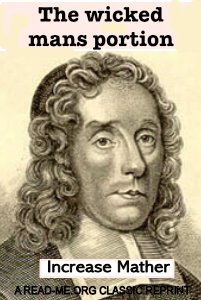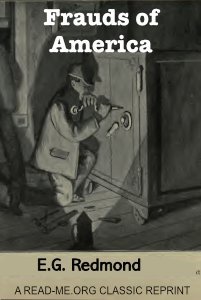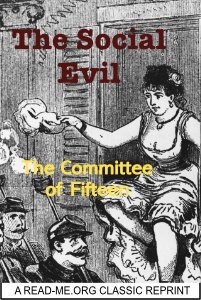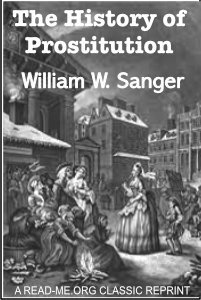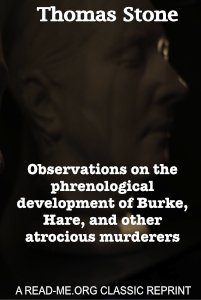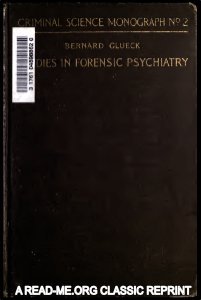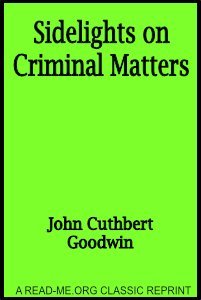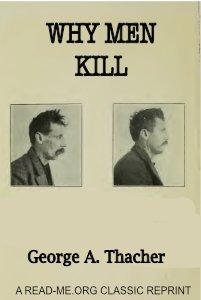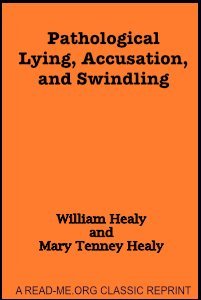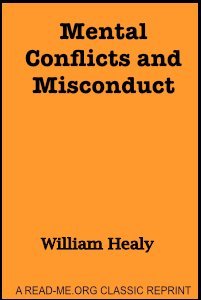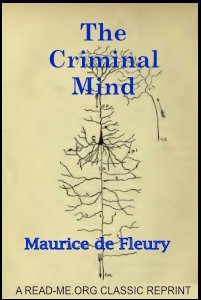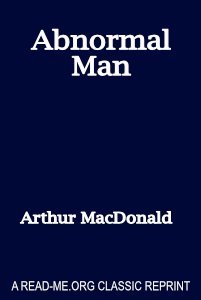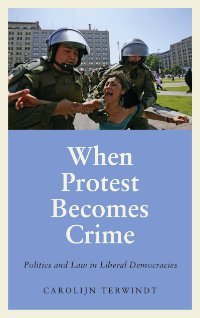By E.G. Redmond.
Or, Beware of shams, how they are worked and how to foil them - the tricks and methods of all kinds of frauds and swindlers, from the petty sneak-thief to the cleverest schemes of the expert bank robber, fully exposed for the protection of the American public. “For the protection of the community in general from all classes of depredators this book is intended. The methods of catching victims by fraudulent and swindling practices has never before been given in full to the public. We have now for the first time, in this book, given a truthful and reliable expose of the multifarious schemes, swindles and dodges practiced on the American public. Scarcely a day passes but the press reports depredations of one kind or another from all parts of the country. The burglar, safe-breaker, sneak-thief, swindler, confidence man, forger, check-raiser and counterfeiter are ever on the alert, and the reason these rascals are usually successful is owing to the fact that the public is unacquainted with the "* way they work. This book exposes all manner of thievery, swindling, robbery, etc. —the modus operandi—in a plain and practical way. For the protection of the people of America from all classes of thieves and rascals this work is written. It is the result of years of careful application and untiring work by experts, and will be found of inestimable value to the public. It is not a detective story, or work of fiction, but a book of facts, instructive, interesting and educational.”
Naperville, IL: J.L. Nichols & Co.1902. 411p.



